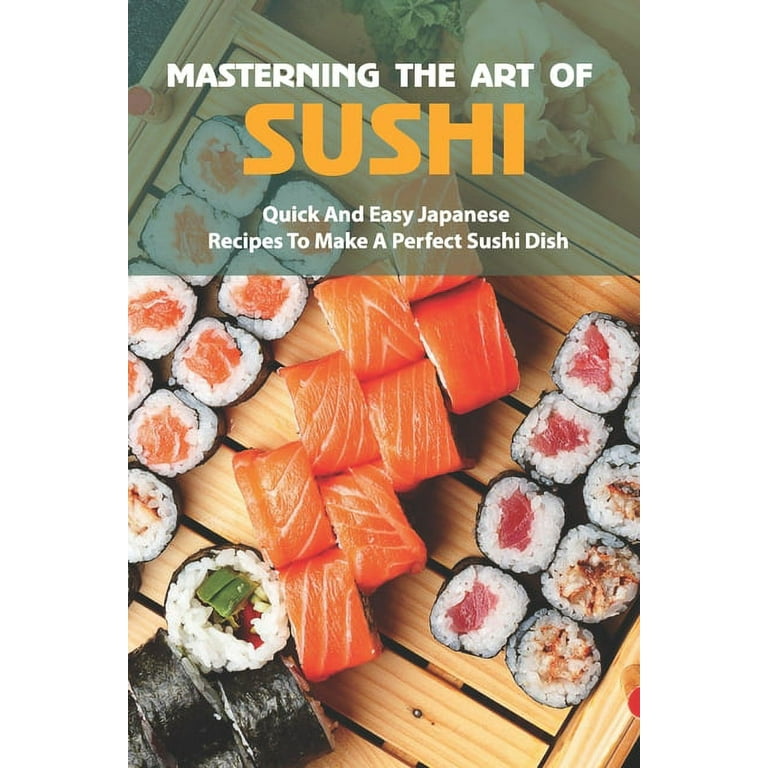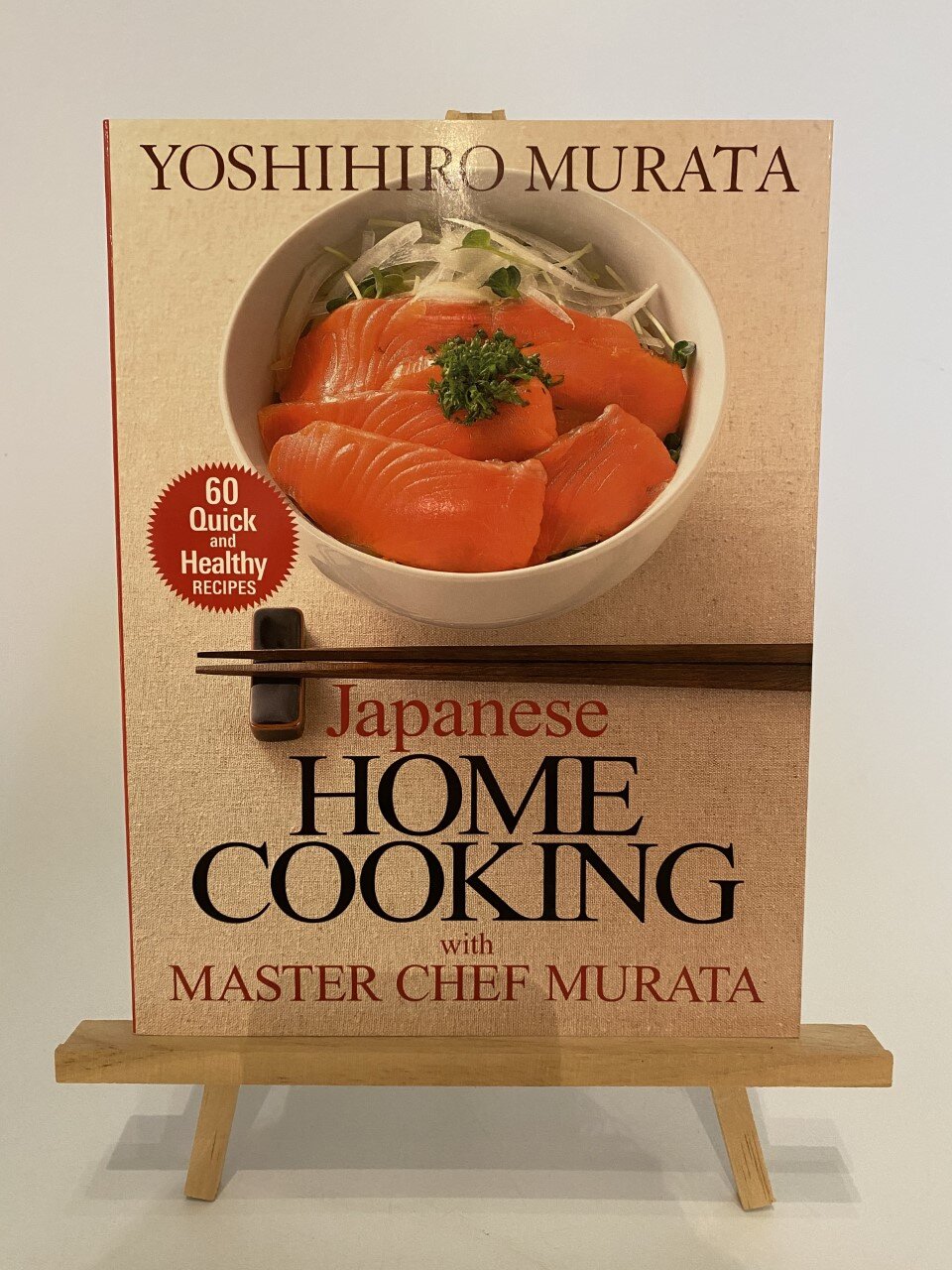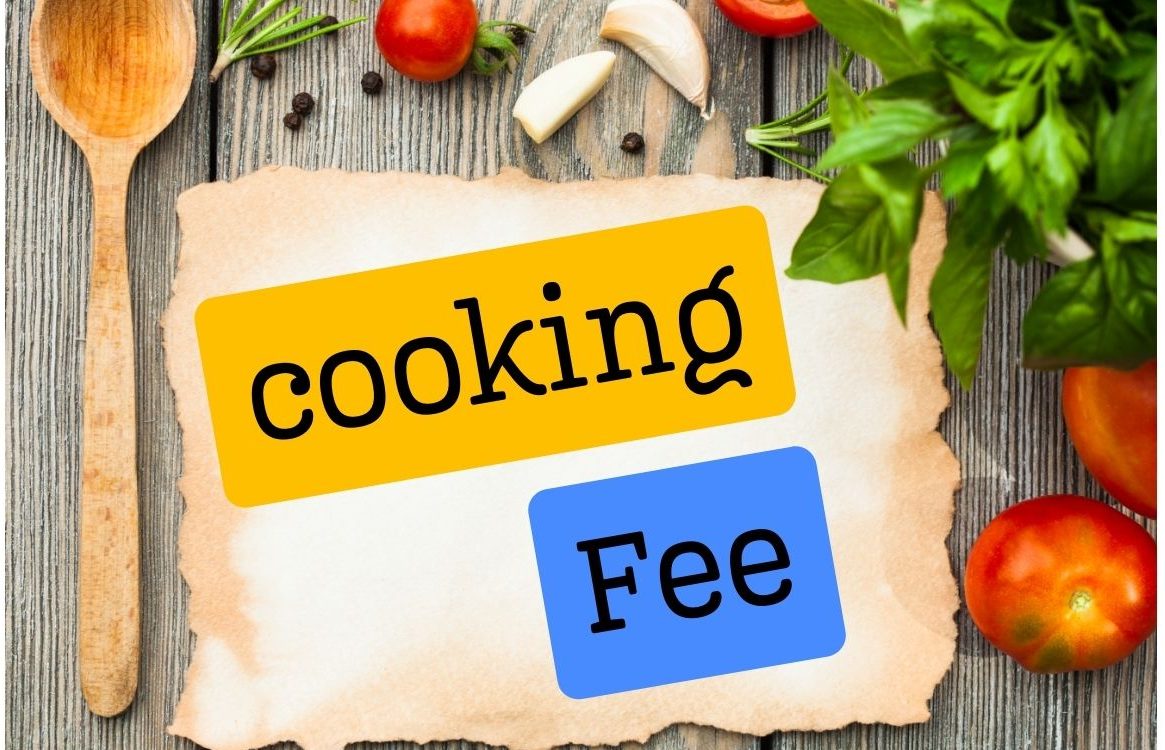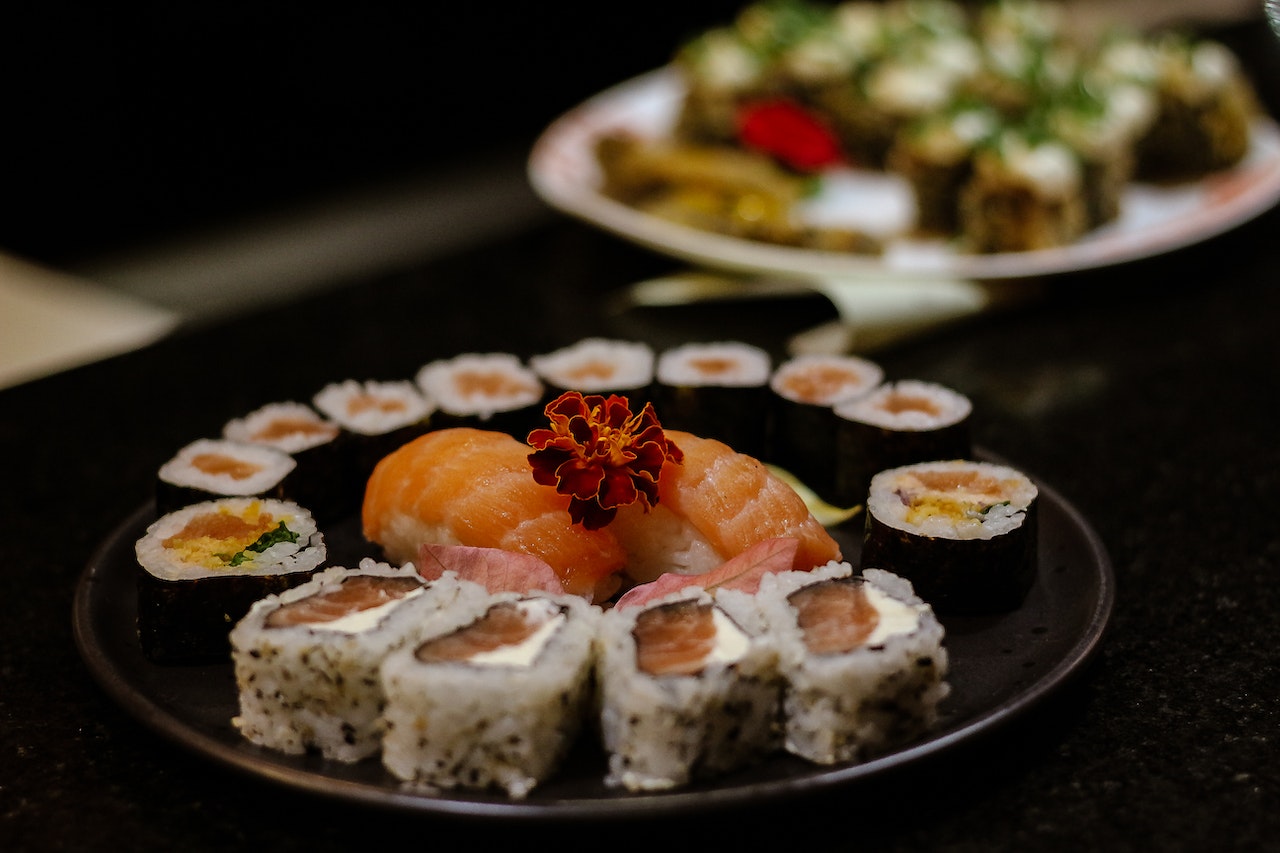To cook salmon, preheat the oven to 425°F. Season the salmon with salt, pepper, and your desired herbs, then bake it for 12-15 minutes.
Salmon is a versatile and nutritious fish that can be prepared in numerous delicious ways. Whether grilled, baked, or pan-seared, salmon offers a delicate and rich flavor that pairs well with a variety of seasonings and accompaniments. With its high omega-3 content and health benefits, it’s a popular choice for those seeking a wholesome and flavoursome meal.
In addition to being easy to prepare, cook Salmon is also quick-cooking, making it a convenient option for weeknight dinners or special occasions. We will explore various cooking methods and recipes to help you prepare a delectable salmon dish that is sure to impress your family and friends. Whether you’re a seasoned cook or a novice in the kitchen, cooking salmon can be a rewarding and satisfying experience.

Credit: www.amazon.com
Choosing And Preparing Fresh Salmon
Fresh salmon is a delicious and versatile fish that can be prepared in numerous ways. When it comes to cooking the perfect salmon dish, selecting the best cook salmon and properly preparing the fillet are essential steps. Whether you’re grilling, baking, or pan-searing, the quality of your salmon and the care you take in preparing it will greatly influence the final result.
Selecting The Best Salmon
When selecting salmon, look for fillets with bright and vibrant flesh that is moist, firm, and free from any discoloration or off-putting odors. Wild-caught salmon is often preferred for its rich flavor and firm texture, while farm-raised cook salmon tends to have a more mild flavor and tender texture. Both types can be excellent choices, but it’s important to ensure that the salmon you choose is sustainably sourced and of high quality.
Cleaning And Preparing The Salmon Fillet
Before cooking, it’s crucial to properly clean and prepare the cook salmon fillet. To start, gently rinse the fillet under cold water and pat it dry with paper towels. Next, carefully inspect the fillet for any remaining pin bones or scales, using clean tweezers or a fish scaler to remove them if necessary. Once cleaned, you can season the salmon with your preferred herbs, spices, or marinades, ensuring that you don’t overpower the natural flavor of the fish.

Credit: www.walmart.com
Marinating And Seasoning
Marinating and seasoning salmon is essential to enhance its flavor and create a delightful gastronomic experience. By infusing the fish with a blend of herbs, spices, and other savory ingredients, marinating not only adds depth but also helps keep the salmon moist during the cooking process. Properly seasoning the cook salmon ensures that the delicate flavor of the fish is complemented, not overshadowed, by the other components of the dish.
Marinating Salmon
Marinating salmon involves using a mixture of ingredients to enhance its flavor and texture. These mixtures typically consist of acidic components such as citrus juice, vinegar, or wine, along with oils, herbs, and spices. It is crucial to allow the salmon to marinate for at least 30 minutes, but preferably for a few hours to let the flavors penetrate the fish, resulting in a tender and flavorful outcome.
Properly Seasoning The Salmon
Proper seasoning is crucial to bringing out the best in salmon. Before cooking, generously season the fish with salt and pepper to enhance its natural taste. Optionally, additional herbs and spices can be used to further elevate the flavor profile. When seasoning, ensure that each part of the salmon is coated evenly, allowing for an even distribution of flavor as it cooks.
Different Cooking Methods For Salmon
Discover a variety of cooking methods to elevate your salmon dish. From grilling to poaching, each technique adds its own unique flavor to this versatile seafood. Learn how to cook salmon like a pro with these easy and delicious methods.
When it comes to cooking salmon, there are various methods you can use to achieve delicious and flavorsome results. Each cooking method offers a unique flavor profile and texture, allowing you to explore different ways to enjoy this versatile fish. In this article, we will discuss three popular methods for cooking salmon: grilling, baking, and pan-searing.
Grilling Salmon
Grilled salmon is a popular choice for those who love the smoky flavors that come with cooking food over an open flame. This cooking method is not only easy but also allows you to infuse the fish with a delicious charred taste. To grill salmon, follow these steps:
- Preheat the grill to medium-high heat.
- Ensure your salmon fillets are dry and lightly season them with salt and pepper.
- Place the salmon fillets, skin-side down, on the grill grates.
- Cook the salmon for about 4-6 minutes per side, or until it reaches an internal temperature of 145°F.
- Once cooked, remove the salmon from the grill and let it rest for a few minutes before serving.
Grilling salmon not only imparts a delicious smoky flavor but also gives it an appealing crispy texture. Serve it with a squeeze of lemon or your favorite sauce for a mouthwatering meal.
Baking Salmon
Baking salmon is a foolproof method that ensures moist and tender results every time. If you prefer a more gentle cooking approach, baking is the way to go. Here’s how to bake salmon:
- Preheat your oven to 400°F.
- Place the salmon fillets on a baking sheet lined with parchment paper.
- Brush the fillets with olive oil and season them with your preferred spices or herbs.
- Bake the salmon for about 12-15 minutes, depending on the thickness of the fillets.
- Check for doneness by inserting a fork into the thickest part of the fish – it should flake easily.
Baking salmon preserves its natural flavor and keeps the fish moist. Serve it alongside roasted vegetables or a fresh salad for a well-balanced and nutritious meal.
Pan-searing Salmon
Pan-searing salmon is a quick and easy method that results in a crispy, caramelized exterior and a tender interior. This method is perfect for those who enjoy a delicate balance of textures. Here’s how to pan-sear salmon:
- Heat a non-stick skillet over medium-high heat and add a small amount of oil.
- Season the salmon fillets with salt, pepper, or your favorite spices.
- Place the salmon, skin-side down, in the hot skillet.
- Cook the fish for about 3-4 minutes per side, or until the skin is crispy and the flesh is opaque.
- Remove the salmon from the pan and let it rest for a few minutes before serving.
Pan-searing salmon locks in the flavors and creates a delightful crunchy crust. Pair it with a citrusy sauce and some steamed rice for a satisfying meal.
Now that you know the different cooking methods for salmon, you can choose the one that suits your taste preferences and enjoy the delicious results. Experiment with various seasonings and sauces to enhance the flavors even further. Happy cooking!
Perfectly Timing The Cooking Process
When cooking salmon, timing is crucial to ensure that the fish is perfectly cooked. Proper timing will result in moist and flavorful salmon that is not overcooked.
Determining Cooking Time Based On Thickness
To determine the cooking time for salmon, consider the thickness of the fillet or steak. Thicker cuts will require longer cooking times, while thinner pieces will cook more quickly.
Checking For Doneness
To check if the salmon is done, look for these signs: the flesh should easily flake with a fork, and the color should turn opaque. Use a meat thermometer to ensure the internal temperature reaches 145°F.
Avoid overcooking the salmon as it can result in dryness and loss of flavor. Perfectly cooked salmon should be moist and tender.
By mastering the timing of the cooking process, you can enjoy perfectly cooked salmon every time.
Serving And Enjoying Your Cooked Salmon
After cooking your salmon, serve it with a side of fresh vegetables or a light salad to enjoy a balanced meal. You can also pair it with a citrus-based sauce for added flavor. Experiment with different seasonings to enhance the taste and create a delightful dining experience.
Garnishing And Plating
Pairing With Complementary Side Dishes
Salmon not only tantalizes taste buds but also elevates the dining experience to another level. A succulent salmon dish deserves to be presented just as beautifully as it tastes.
When it comes to garnishing and plating, simplicity is key to let the rich flavors of the salmon shine through. A sprinkle of fresh herbs or a wedge of lemon can enhance the visual appeal as well as the taste.
Pairing salmon with complementary side dishes can further enhance your dining experience. Consider sides like roasted asparagus, quinoa salad, or garlic mashed potatoes to create a well-rounded and satisfying meal.
For a harmonious meal, balance the richness of salmon with lighter side dishes rich in flavors like citrus, herbs, or spices. This creates a perfect symphony of tastes that will leave your taste buds craving for more.
Remember, the key to enjoying your cooked salmon to the fullest is in the details of presentation and the carefully chosen accompaniments. Serve it with love and savor each bite to truly relish the experience.

Credit: www.yumegardens.org
Frequently Asked Questions On How To Cook Salmon
How To Properly Season Salmon For Cooking?
Season salmon generously with salt, pepper, and herbs for enhanced flavors. Marinate the salmon with lemon juice and olive oil for added zest.
What Is The Ideal Cooking Time For Salmon?
Cook salmon for about 10-12 minutes per inch of thickness. It should easily flake with a fork but still be moist inside.
Can I Bake Salmon Instead Of Pan-frying?
Yes, baking salmon is a healthier option. Preheat oven, season salmon, place on a baking sheet, and bake until cooked through.
Conclusion
Mastering the art of cooking salmon is not only flavorful but also a healthy choice. By following these simple steps and techniques, you can create a delicious and impressive dish that will surely impress your family and friends. Remember, it’s all about balancing flavors, controlling temperature, and cooking the fish just right.
So go ahead, dive into the world of salmon cooking, and let your culinary skills shine! Happy cooking!

I am a cooking writer and blogger based in the USA. I have over 4 years of experience writing about the latest trends and innovations in cooking.
with a focus on topics like cooking recipes, how to cook, healthy cooking, and cooking classes.

